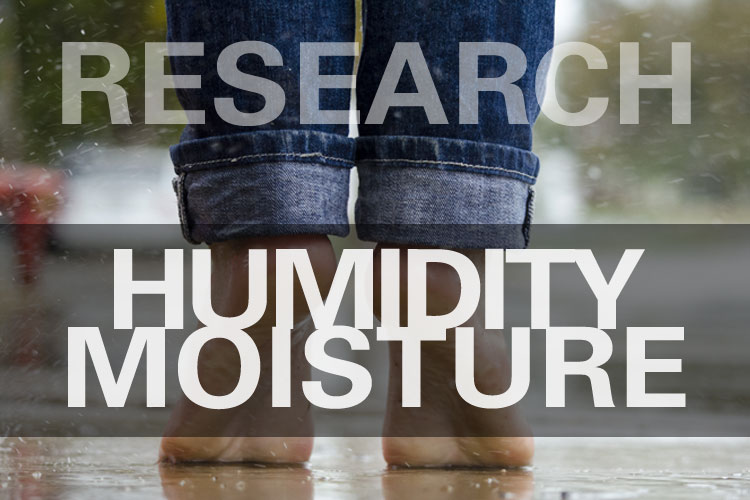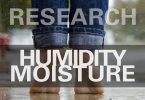The thermal conductivity of straw bales is an intensely discussed topic in the international straw bale community. Straw bales are, by nature, highly heterogeneous and porous. They can have a relatively large range of density and the baling process can influence the way the fibres are organised within the bale. In addition, straw bales have a larger thickness than most of the insulating materials that can be found in the building industry. Measurement apparatus is usually not designed for such thicknesses, and most of the thermal conductivity values that can be found in the literature are defined based on samples in which the straw bales are resized. During this operation, the orientation of the fibres and the density may not be preserved.
This paper starts with a literature review of straw bale thermal conductivity measurements and presents a measuring campaign performed with a specific Guarded Hot Plate, designed to measure samples up to 50cm thick. The influence of the density is discussed thoroughly. Representative values are proposed for a large range of straw bales to support straw-bale development in the building industry.
Authors:
- Costes, Jean-Philippe
- Evrard, Arnaud
- Biot, Benjamin
- Keutgen, Gauthier
- Daras, Amaury
- Dubois, Samuel
- Lebeau, Frédéric
- Courard, Luc



